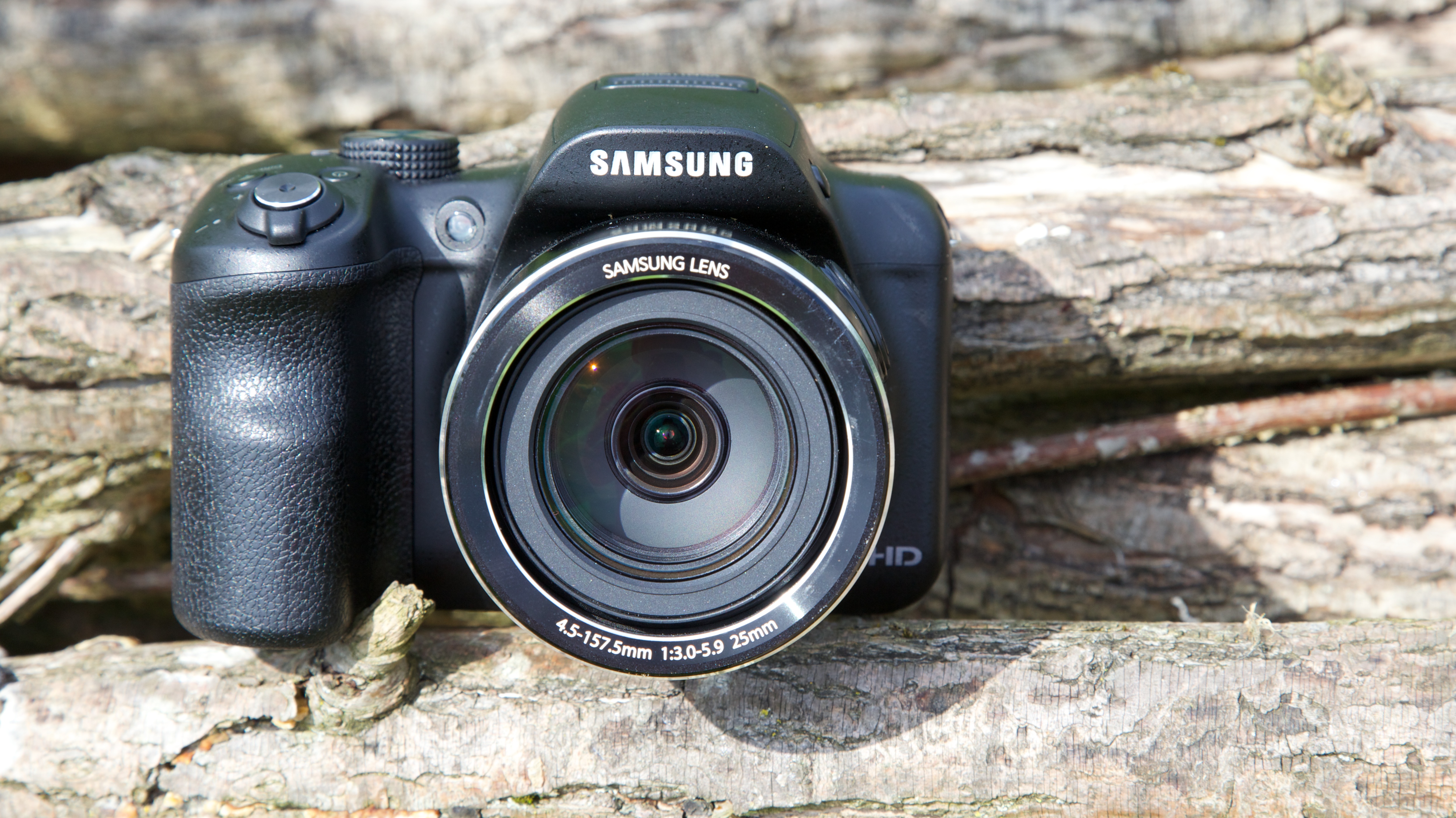TechRadar Verdict
A fully featured camera that's not too large but which suffers from short battery life and poor AF.
Pros
- +
Size
- +
Image quality
- +
Features
Cons
- -
AF system
- -
Screen viewing angle
- -
Battery life
Why you can trust TechRadar
Samsung's smart cameras are a range, also including the larger WB2200F, that while a step down from the Galaxy Camera in terms of complexity still manage to cram in a great many features.
The concept is an interesting one – can you make a camera that does everything, capturing, editing and sharing, severing the link between a digital camera and a PC or smartphone, or will the inevitable compromises make the final result unworkable?
While it doesn't have quite the range of skills of its bigger brother, lacking manual, aperture- and shutter-priority modes, the WB1100F is no slouch either. Featuring a 1/2.3in CCD sensor that's either 16.2MP (according to the spec sheet), 16.4MP (according to the back of the camera) or 15.9MP (images are actually made up of 4608x3456 pixels), and a 35x zoom lens that's equivalent to 25-875mm in 35mm terms.
This optic has a maximum aperture that varies from f/3 at the wide end to f/5.9 at the long end. Along with 1080p video, Optical Image Stabilisation and wireless features, the WB1100F certainly seems on the surface to have plenty to recommend it.
The screen, which isn't touch sensitive, is a three-inch TFT LCD with 460,000 dots.
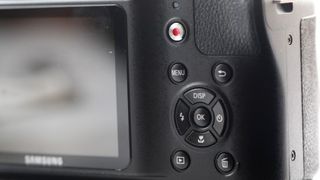
The WB1100F is going up against the likes of the Canon Powershot SX510 in the 35x zoom stakes, but the similarly priced Canon has fewer megapixels yet gains full manual control. More expensive and with a 30x optical zoom is the Panasonic TZ60 which ups the ante by adding an EVF, a couple more megapixels and raw file support – sadly missing from the Samsung.
Build quality and handling
This camera is not going to fit in your pocket, with its protrusive lens and a grip that's deep enough to get a proper hold of, but neither is it huge and ungainly. It's lighter than you'd expect from something with so much glass and electronics packed into it, and its controls are well placed for accessing with a finger or thumb while still keeping hold of the camera and using the live view screen to compose your images – there's no electronic viewfinder on this model.
Despite its plastic construction the WB1100F feels well put together, its parts tightly connected and not prone to movement. A clip would be nice on the battery and SD card compartment's door, so it fastens when you close it rather than you having to move a switch – this method of closure can catch you out and leave the door hanging, but neither battery nor memory card are going to fall out easily.
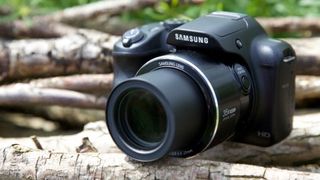
The lens cap is nicely designed, the lens retracting just enough when the camera's switched off to allow it to clip on. Try and switch it on with the cap attached, though, and the camera will beep and nag you to remove it, before turning itself off. A little more patience on the camera's part would be nice here.
There are no controls on the left-hand side of the body – only an NFC logo plus the micro USB data and charging port live there, with a release on the side of the flash and the mysterious Speed Control button on the left of the lens – but the right of the camera is not overburdened with buttons either. Samsung has taken a minimal approach, expecting you to dive into menus or use the dedicated Settings position on the mode dial to alter parameters. You can do most common things, such as setting macro mode or playing back images, without using the menu, however.
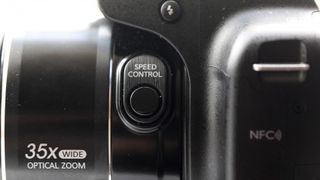
The Speed Control button is raised from the lens, and is positioned for the left thumb while you're cradling the camera in both hands. It allows you to alter the speed at which the zoom travels, with it speeding up noticeably when the button is pressed.
The menus are sensibly laid out, although some options are not available in all modes, leading to a hurried switch from Auto to P (there's nothing less automated, like aperture priority or manual) in search of something. The menu for Auto mode is one page, while P mode's extends past three full pages.
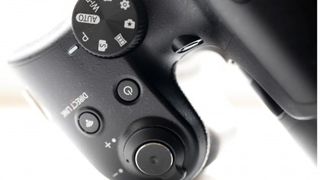
Movie makers are well catered for, as there's a dedicated Movie mode on the dial. A press of the red record button on the back of the camera will start you recording in any other mode too.
Overall the camera feels responsive, and when turning on is ready to shoot almost as soon as an image appears on the live view screen. Menus come up promptly, and processing of the built-in Smart Filters doesn't take very long even on a full 16MP image.
